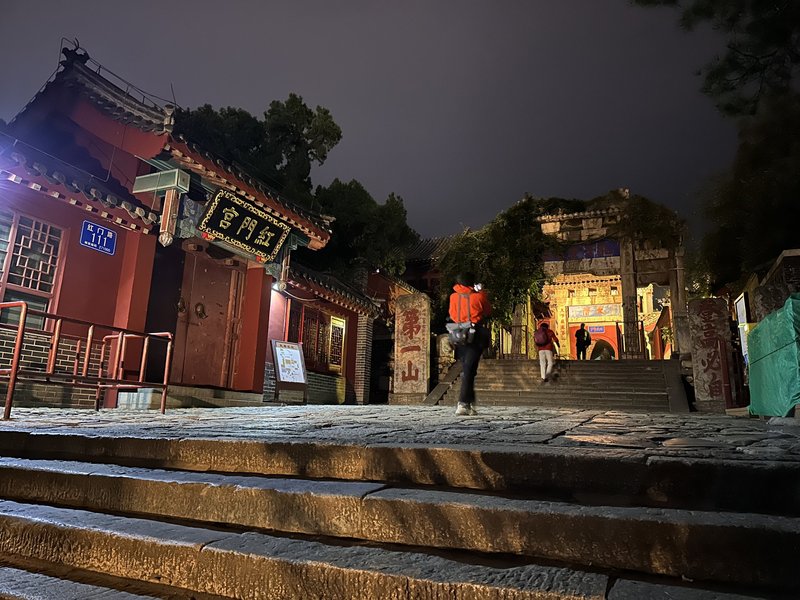First published: 07/11/25.
Comments
7 comments
CugelVance
1 month, 1 week ago (Nov 10, 2025)
Great review👍
Reply
Bernard Joseph Esposo Guerrero
1 month, 1 week ago (Nov 11, 2025)
Thank you! Hopefully we can meet in person in Germany one day :)
CugelVance
1 month ago (Nov 13, 2025)
Would be a pleasure 🙏
I am in China right now. However, I am going to fly from Hongkong to the Philippines in decembre to visit Vigan and Manila... I plan to have a rest in Vigan for 4-5 days. I ve been travelling for months and been busy every single day so far😃.I guess you dont live near Vigan ..
Greetings
Bernard Joseph Esposo Guerrero
1 month ago (Nov 14, 2025)
Do ring me up. I live an hour away from Vigan, in Paoay which has another World Heritage Site, Paoay Church. Just let me know your plans in Vigan, if you can't make it to see the best expression of the earthquake baroque, I'd be happy to meet you in Paoay. This December, another German friend from MUC will also be here with me :)
Bernard Joseph Esposo Guerrero
1 month ago (Nov 14, 2025)
I have contact details on my profile. Cheers!
CugelVance
1 month ago (Nov 14, 2025)
Damn, Bernard, what a surprise ! You live near Vigan!! Cant believe it😃
Sure! I am going to phone you or send you a message as soon as I touch Philippine soil. Would be great to have a beer 🍻 or two together.
I am very busy in China.. been so every single day... want to relax a little bit in a unesco city... Vigan seems perfect for that purpose . Just chatting with the locals, enjoying the local food, no big plans or tours or trips... no rented car.....
My long trip has taken its toll on me.. incredibly interesting and adventurous... many new unesco sites.
Looking forward to meeting you and visiting those baroque churches in your country. Great review, the Taishan site🙏
One of the reasons I love this website is zhe great amount of interesting reviews you wont find in no other place in the www. Have a pleasant week, Bernard! 👍
My email is tustvold@seznam.cz
CugelVance
1 month ago (Nov 14, 2025)
In China I mainly use China 'AI, deep seek, to look for transport options. I asked deep seek about our website... what a great answer I got:
In essence, WorldHeritageSite.org is the "crowdsourced" counterpart to the official UNESCO portal. While UNESCO provides the authoritative, top-down governance and official status, WHS provides the bottom-up, grassroots passion and personal narrative. Its design is functional rather than sleek, reflecting its community-focused, non-commercial nature. It is a labor of love, maintained by enthusiasts who dedicate countless hours to updating its pages and moderating its forums. For anyone who sees the UNESCO list not just as a catalog but as a travel bucket list, a historical puzzle, or a global challenge, WorldHeritageSite.org is an indispensable, engaging, and deeply human resource. It proves that the value of a World Heritage Site lies not only in its official designation but also in the millions of personal connections and stories it inspires.





